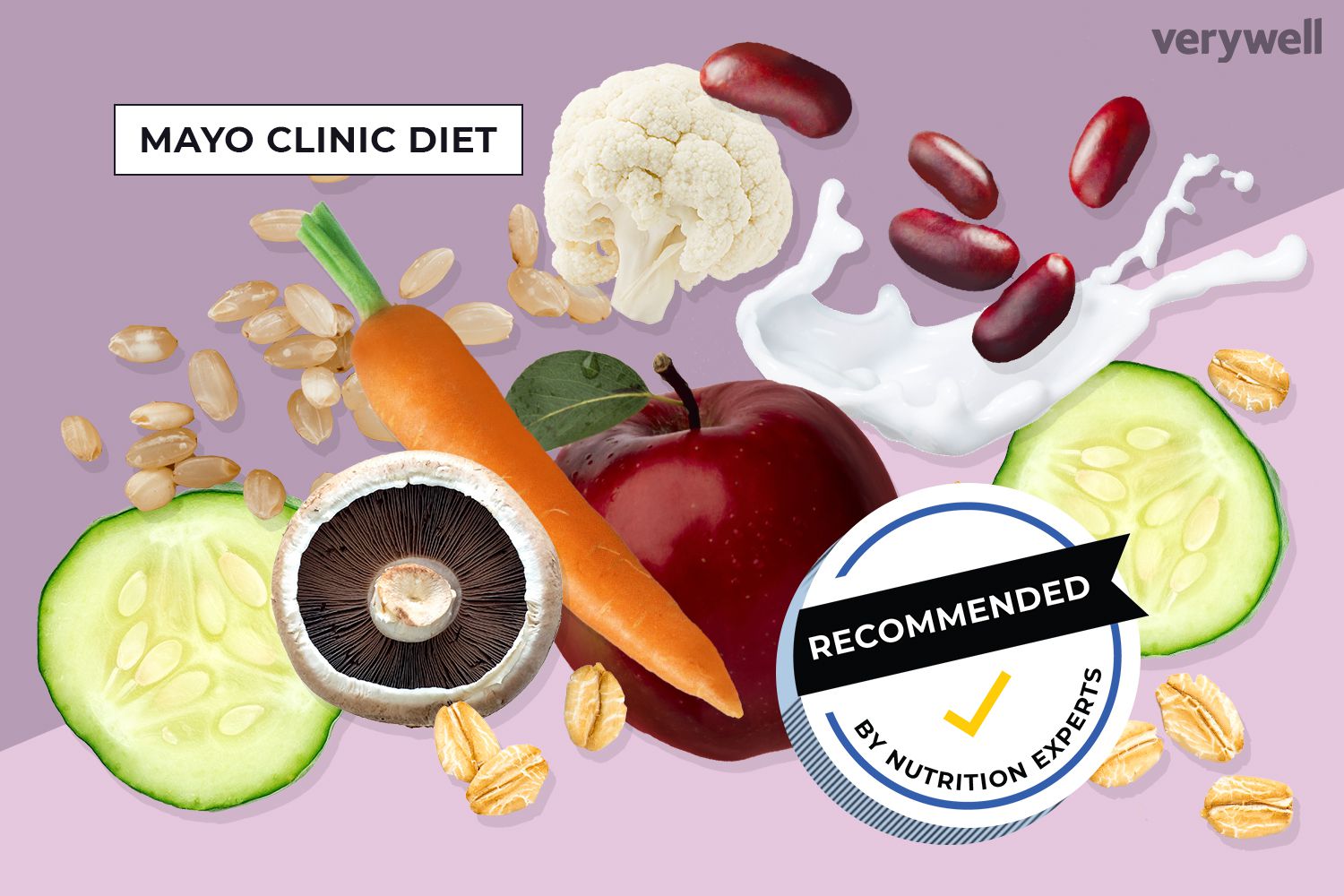Overweight and obesity are more and more important risk factor in Chinese society for chronic diseases, such as cardio, diabetes and hypertension.
For example, various nutritional and dietary studies show that a majority of Chinese people have an excessive average daily cooking oil intake (42.1 grams versus the recommended 25-30g), that energy intake from fats accounts more than 35% for half of the adult population; 77% of Chinese people risk inadequate intake of vitamins A and B1, etc..
At the same time, more and more consumers are developing healthy eating awareness; this also is paving the way to meal-replacement products. So far, these products are crafted as ordinary food, powders and bars, and as weight control aid, without uniformed standard. Under this regard, we can say that there is chaos in the market. In fact, after just a quick glimpse, we can see that “meal replacement” products generally include digestive biscuits (regulated by GB/T 20980), instant grain powder (regulated by Q/HBFY0007S), instant oat (regulated by NY/T 1510), Energy controlled chicken breast sausage (SB/T 10279) etc…

Briefly, there is no uniform standard applicable to this newly emerging food category.
In this background, China nutrition society is working since a few years on a “Meal Replacement” standard, a draft of which (T/CNSS 002-2018) was included in the 2018 China Nutrition Society Group Standard Project Plan, and issued for a first round of public comments on 22 August 2019.
This standard is going to be – once approved – a so-called Group Standard, i.e. a standard issued not by a governmental authority but rather by the food industry, or by a non-ministerial entities. Group Standards are basically a tentative – by the Chinese legislator – to have food industry taking the lead in food regulatory.
The draft defines meal replacement food as a food that can meet the nutritional needs of one or two meals for adults during weight control, it is a kind of energy-controlling food specially prepared and processed to replace one or two meals.
Partial meal replacement food is a food that meets the nutritional needs of a part of one or two meals of adults during weight control, it is a kind of energy-controlling food specially prepared and processed to replace part of one or two meals.
Meal replacement food does not apply to foods for the dietary needs of pregnant women, lactating women, children, infants and seniors.
In general, those foods use milk, milk protein products, soy protein products, grains and their products as main raw materials, with addition of dietary fiber, vitamins, minerals and / or other ingredients.
The draft was inspired by scientific studies such as:
- China Obesity Blue Book 2019, which recommends to limit calory intake to 1000-1500 kcal/day for obesity control balanced diet plan;
- China Adult Overweight and Obesity Prevention and Control Guide 2006, which suggests low-energy weight-loss diets (within 1000-1200 kcal/day for women and 1200-1500 kcal/day for men), while very low energy diets (below 800 kcal per day) shall be avoided;
- China Overweight and Obesity Medical Nutrition Therapy Guides 2015 Expert Consensus, which states that a restricted energy balanced diet (calories intake between 1000-1500 kcal/day, with nutrient balance) has a clear impact to prolong life and delay the occurrence of aging-related diseases.
The standard sets specific nutritional requirements – for example: calories amount between 800 – 1500 kcal per day, 200 to 400 kcal for the meal (80-200 kcal for partial food replacement).
The principle is reducing calories intake from carbohydrates and fats, while maintaining nutritional balance.
Minimum contents are required for mandatory nutrients such as fibers, minerals (Calcium, Iron, Zinc, Manganese) and vitamins (A, B1, B2, C, D, E, Niacin, Folic acid), proteins, carbohydrates and fats. Content of optional nutrients such as Vitamin D, E, B6, B12, Potassium, phosphorus and sodium are also regulated.
From labeling point of view, nutritional label shall display also the nutritional content “per serving”.
The food shall be labeled as “meal replacement food” with also declaration of the specific product category (e.g.: biscuit).
Weight loss claims are prohibited, and specific disclaimer that these foods are not suitable for pregnant women, lactating women, infants, children, patients and the elderly are mandatory.
Partial meal replacement foods must also bear a warning that “cannot replace a whole meal, eat with milk, vegetables, fruits and other foods, keep a reasonable diet and a balanced nutrition”.



